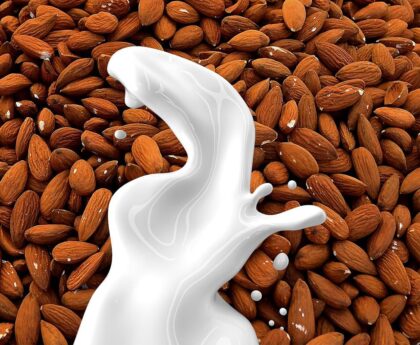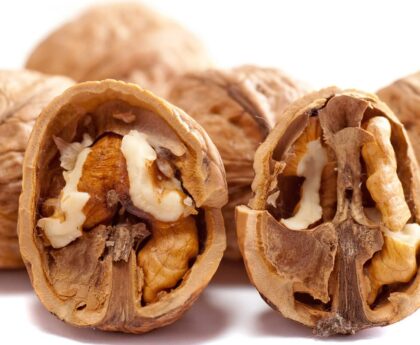It reduces the level of “bad” cholesterol, has a beneficial effect on liver function, normalizes skin and hair, helps to reduce weight – and this is all about oat flour.
Oat flour is considered a healthy whole grain flour and in addition to the above beneficial properties, oats are rich in manganese, phosphorus, copper, B vitamins, iron, magnesium and zinc.
Now that we know that oat flour is useful and rich in vitamins, the question arises: can it completely replace wheat flour? Unfortunately, oat flour is good at absorbing moisture. Therefore, there is a chance that your baked goods may turn out damp inside and not very airy. But there is a way out, you can substitute some of the wheat flour in recipes with oat flour (the recommended portion is 25%). If you decide to use only oat flour in the recipe, then add some crushed flax seeds, which will act as a binding component.
But despite the benefits, you should not abuse oat flour, as it can lead to overweight and allergic reactions. As for the gluten content, it is in oat flour. Much less than in wheat flour, but it is still there. The exception is oat flakes, which have been specially treated and labeled as gluten-free.
In order to make oat flour we will need a blender and oat flakes. For flour, absolutely any oat flakes (even instant oat flakes) will do. All you need to do is to grind oatmeal in a blender until it becomes flour. It is better to store in the refrigerator to extend the shelf life up to 2 months. Or in the freezer to keep the flour fresh for 6 months.




